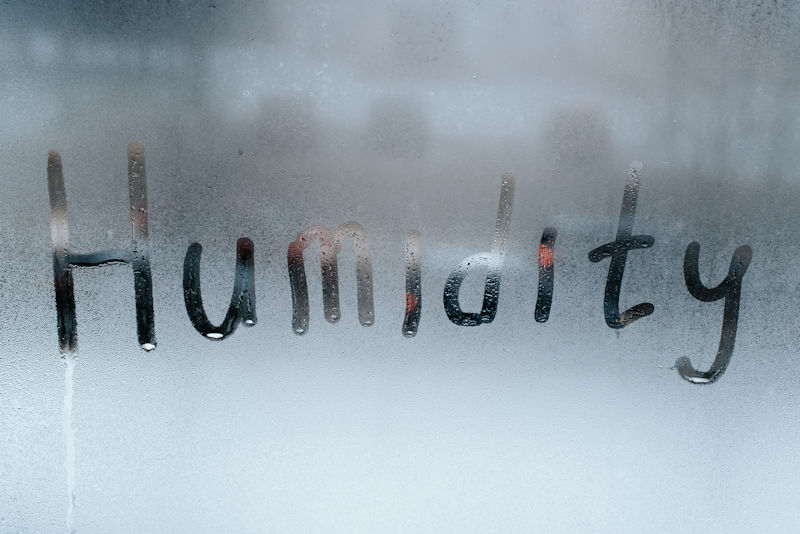Walking into a house that smells like mildew can ruin even the best of days. That aroma is often caused by a musty crawl space. When crawl space moisture is neglected, it can lead to mold, pests, and possible structural damage. Don’t worry—this guide will help you dry up your crawl space while maintaining the perfect humidity level for safety and comfort.
What Is Crawl Space Encapsulation?
Crawl space encapsulation seals off your crawl space to block moisture, pests, and mold. Here’s how it works:
– Vapor Barrier: A durable plastic sheet prevents moisture from entering your crawl space.
– Sealing Vents and Cracks: Keeps air and water from seeping in.
– Adding Insulation: Boosts energy efficiency while managing humidity levels.
Advantages of Crawl Space Encapsulation
- Humidity Control: Maintains moisture levels between 30%-50%, preventing mold, mildew, and wood rot.
- Improved Air Quality: Reduces dampness to stop mold spores and bacteria from spreading throughout your home.
- Energy Efficiency: A sealed crawl space helps HVAC systems run more efficiently, reducing energy costs.
- Structural Protection: Prevents moisture damage to wooden supports, preserving your home’s foundation.
- Pest Prevention: Pests like termites and cockroaches thrive in damp areas. Keeping your crawl space dry keeps them away.
Is Your Crawl Space in Trouble?
Look for these signs:
– Water Marks: Stains on walls or floors.
– High Humidity: Damp surfaces or visible water droplets.
– Persistent Mildew Smell: A lingering musty odor throughout your home.
How to Dry Out Your Crawl Space
- Remove Standing Water: Use a sump pump or wet vacuum. For significant flooding, hire a professional.
- Fix Moisture Sources: Repair plumbing leaks, redirect downspouts, and install a drainage system if needed.
- Improve Ventilation: Add vents or a dehumidifier. In humid regions, focus on encapsulation to block moisture entirely.
- Install a Vapor Barrier: Cover crawl space floors and walls with a thick plastic sheet (10-20 mil).
- Add Insulation: Install fiberglass batt or rigid foam insulation to manage humidity and reduce energy costs.
Tips for Successful Crawl Space Encapsulation
– Inspect Before You Begin: Address any leaks or cracks before encapsulation.
– Use Quality Materials: Invest in high-quality vapor barriers for long-lasting results.
– Seal All Openings: Close gaps around vents, pipes, and other entry points.
FAQs About Crawl Space Humidity
Q: What is the ideal humidity level for a crawl space?
A: Ideally, between 30%-50% to prevent mold growth and protect your home.
Q: How often should I inspect my crawl space for moisture?
A: At least once per season or after heavy rainfall.
Q: Is crawl space encapsulation worth it?
A: Absolutely! It protects your home’s structure, enhances air quality, and reduces energy costs.
Q: Can I encapsulate my crawl space myself?
A: While you can DIY, hiring a professional ensures quality and durability.
Take Action Today
A wet crawl space isn’t just a nuisance; it’s a potential hazard to your home and family’s health. Address moisture issues with crawl space encapsulation and enjoy peace of mind knowing your home is secure.
Contact us today to learn more about how we can help you maintain a dry, humidity-free crawl space. Let’s protect your home for decades!
NEED HELP?
If you live in Southern Maryland, or Northern Virginia
FIND YOUR SOLUTION HERE
People, Pet & Pollinator Safe! Pest control for people who care.
